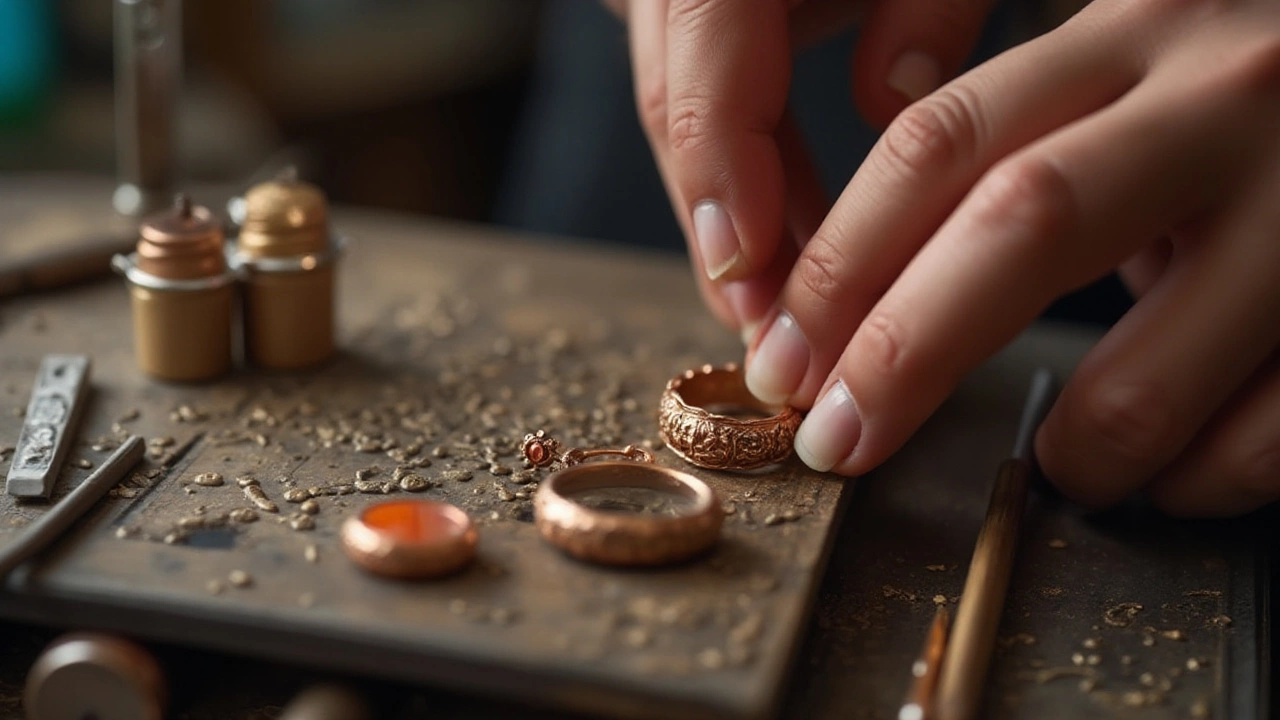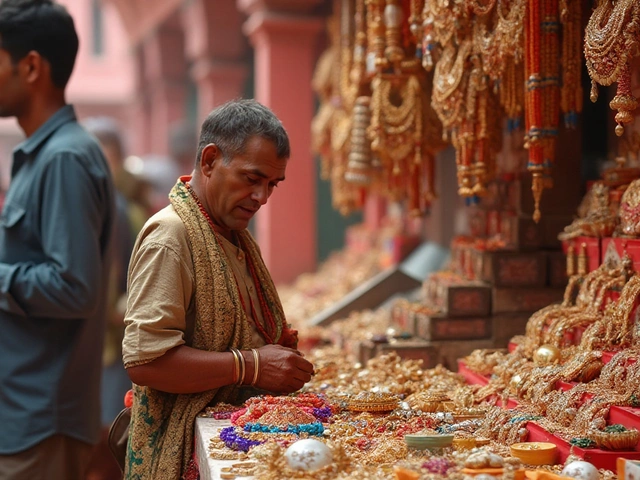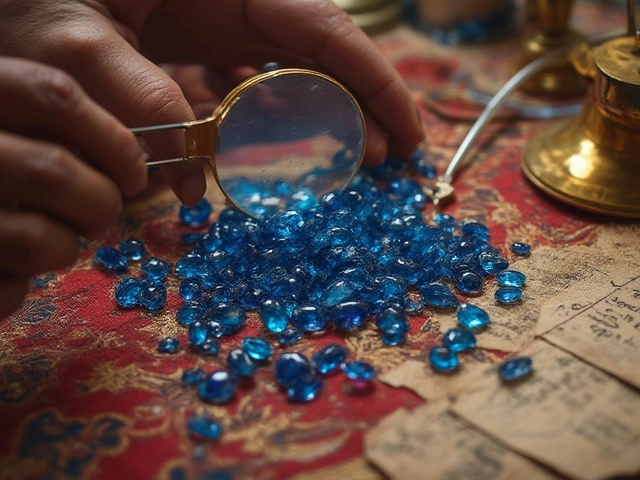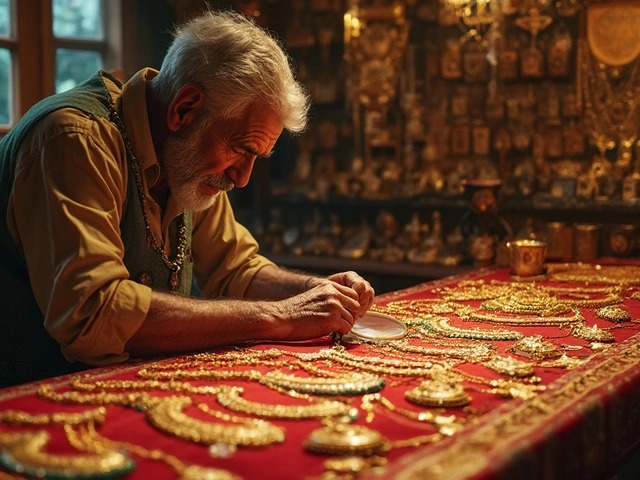Buying Advice – Real Tips for Buying Jewelry with Confidence
When you’re looking at jewelry, it’s easy to feel overwhelmed. There are many stamps, purity numbers, and cultural traditions to consider. This guide pulls together the most useful advice from our articles so you can make decisions quickly and safely.
Know the Marks and Purity Codes
First thing you should check is the hallmark. In India, gold is often marked 875, which means 21‑karat or 21K purity. If you see 833, that refers to 83.3% silver, a common silver purity rating. Look for the BIS (Bureau of Indian Standards) logo – it guarantees the metal meets national standards. Knowing these numbers helps you avoid cheap plated pieces that are sold as solid gold or silver.
Quick tests can also confirm authenticity. A magnet won’t stick to real gold or silver, and the weight should feel solid. If a piece feels light, it might be heavily plated. These simple checks save you from costly mistakes.
Pick the Right Time and Place
Where you buy matters as much as what you buy. Cities like Jaipur, Surat, Mumbai, and Hyderabad each have specialties – Jaipur for gold, Surat for diamonds, Hyderabad for pearls. Visiting the local market lets you compare prices and negotiate directly.
Timing is another secret weapon. Gold prices usually dip in the months after the wedding season, around October‑November. Buying during these slow periods often means lower rates. Keep an eye on market trends and plan your purchase accordingly.
When you’re ready to spend, consider the resale value. Brands that hold their price well are worth the extra cost if you think you might sell later. Look for reputable makers and classic designs – they tend to keep value better than fleeting trends.
Style Choices That Really Work
Choosing a piece that matches your style and wardrobe is just as important as its purity. Gold looks great with warm colors like burgundy, olive, or mustard, while cooler tones like navy and gray let silver shine. For necklaces, think about neck length and face shape – a choker can shorten a round face, whereas a longer pendant elongates it.
Even small accessories have cultural meaning. Black beads in a mangalsutra, for example, symbolize protection and longevity. If you’re buying for a special occasion, consider these traditions; they add personal significance and often increase the piece’s sentimental value.
Lastly, don’t feel pressured to wear something just because it’s traditional. Modern India embraces personal choice, so pick what feels right for you. Whether you decide to wear a mangalsutra, a nose pin, or skip the jewellery altogether, the decision should reflect your taste and comfort.
By checking hallmarks, timing your purchase, choosing the right market, and matching style to your wardrobe, you’ll walk away with a piece you love and trust. Use these straightforward steps the next time you shop, and you’ll avoid common pitfalls while getting the best value for your money.
Rose Gold Jewelry: Reasons to Think Twice Before Buying
Rose gold, beloved for its warm hues, has surged in popularity, yet it's not always the ideal choice for everyone. From its metal composition to maintenance needs, rose gold entails a unique set of considerations. Understanding both the appeal and the limitations can guide better purchasing decisions. This article explores practical insights into the reasons why rose gold might not be the best option for certain jewelry buyers.





